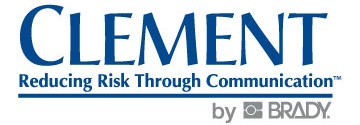It is essential that all employees know the role they play in keeping the workplace safe and free from hazards. When new employees arrive on the job, they should be introduced to the workplace and instructed on key safety rules and regulations that pertain to the work environment. An employee’s initial orientation does not necessarily cover job duties. That usually comes after the orientation.
Review the following items to see if you have covered all of the bases when it comes to new workers:
- Employees are given a tour of the facility.
- Employees receive a copy of the company’s written safety policy and overview of the company’s occupational safety and health program.
- Employees are told the location of restricted areas on-site and why these areas are restricted. For example, employees may need respiratory protection when entering a room where toxic chemicals are used.
- Employees are given a rundown of the major safety hazards that exist in the workplace. For example, locations where forklifts travel or heavy equipment is frequently moved.
- Employees are given a copy of the company’s disciplinary policy as it pertains to safety violations.
- Employees are instructed on what to do in the event of an emergency, including fire fighting and evacuation procedures.
- Employees are instructed on the procedures to use for reporting accidents and unsafe conditions.
- Employees are instructed on what to do in the event of an on-the-job injury.
- Employees are given an overview of the hazard communication program, if applicable, and the meaning of this program.
This list only covers general safety items and is not meant to replace specific training that may be required by OSHA. When an employee actually begins work is the time to go over job-related safety procedures, such as the steps required to perform a safe lockout. This is also the time to go over personal protective gear, including when and where it is required.

